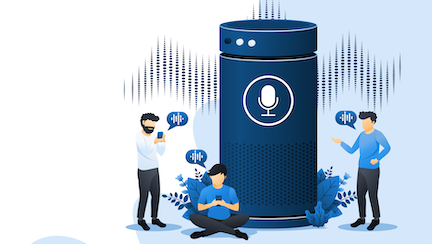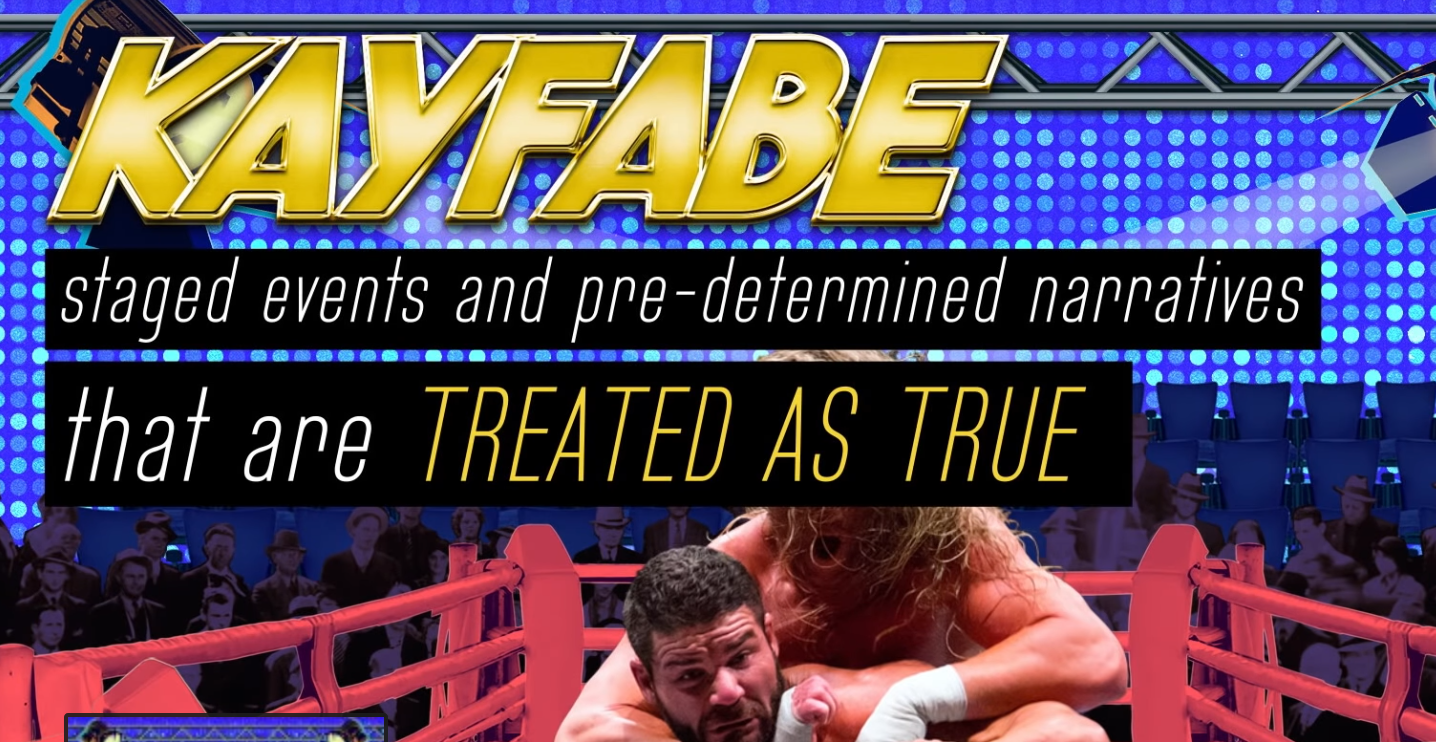
When function follows form. And how content strategy is affected.
What happens by not incorporating content strategy upfront or when you make it an afterthought.
“Form follows function” is a design maxim.
Unfortunately, many times, it also ends up being the unrealized ideal of a completed design, content or marketing project.
Most executions in life end up being “function follows form.”
“Form follows function,” attributed to architect Louis Sullivan, is the idea around industrial design that the shape of a building or object should primarily relate to its intended function or purpose.
In the age of digital design and digital product design, that’s expanded to the idea of designing or building a product or experience around the desired task or experience the user wants. Aesthetics are based on functional requirements designed to delight or satisfy the user.
Conversely in “function follows form,” what happens is the product is built around satisfying non-user focused or distracted objectives with the hope that it, while not optimal, will be still acceptable to the end-user.
Why the reverse of “form follows function?”
The short answer: because we are human.
Somewhere in the process, the needs of humans for feeling beauty, massaging a participant’s ego or some other non-aligned urgency or desire tend to rise up and distort the form. When the form is hijacked for odd reasons, it inevitably perverts the function.
Function follows form happens for a bunch of reasons.
Some valid and non-valid. Including:
- A cut budget
- Limited resources
- Internal politics
- A lack of actionable information or insights.
- The ego of the client or members of the design team
- Monetary. An overweighted need for a firm or designer to sell a site or digital experience to pay the bills
Each one alone can prove to be greater than the need to optimize the digital or content engagement experience.
Function follows form creates a passive-aggressive experience.
When the function of the project is pre-determined by some existing form (say an unvetted decision is made to do an email campaign) and that form does not align with real-world situations or user needs, the design or product eventually delivered becomes a passive-aggressive experience, if not a hostile one towards reality or the end-user.
A predetermined function creates an arrogance or indifference in the design development that demands that other components, elements, and content that might delight the user instead be subservient to the perverted function. And in serving the perverted function, lets down the user.
For example, if a digital product becomes subservient to something say, like cost, the result may affect the level or quality of content, or the speed of the website experience for the users by using a cheap server.
When you give reality and users the middle finger, via this kind of arrogance or indifference, both reality and users tend to push back.
Reality can push back in terms of affecting SEO and reducing the ability of the content users want to be found. Users can push back by simply not finding slapped together content unsatisfying and seek competitor’s content.
In “function follows form” content is greatly affected.
Such an approach of pre-deciding form makes something like a website not the place to optimally deliver content, but all too often, merely a place, like a shelf, to hold content that’s been created, often content structured or created for other purposes.
And without designing and structuring content based on the situation or user’s situation, that shelf may not even hold the content people want. This as the focus of delivering content has shifted to the perverted “function.” In most cases, that perverted function is “keep cost down” to avoid time optimizing content for users.
Why can’t function follow form?
In doing so, you are designing backward. Pick a solution first.
Then, when it’s done, look at the problem that needs to be solved in the real world later.
An example. Imagine if you were designing a gun (just an object. I’m not promoting them). You design the gun to be really cool. Wow, is it sleek. The trigger is delightful and responsive. The weight of the gun is balanced. So cool.
Just as you finish production on the cool gun, someone asks the question, “Hey, what exactly are we using this for?”
Shooting a bad guy is very different than taking down an elephant or a heavily armored tank. And like content, good planning, and success require a different type of bullet crafted and delivered that matches the user requirement or task.
If the team started with the endpoint, the bullet design to complete the task would be very different.
Function following form usually happens when phrases that pre-dictate the form go unchallenged like…
“We need a website (or mobile app or voice assistant)”
What’s not asked:
- Why exactly are we doing this?
- Who’s this for?
- Is this the right forum for our audience?
- Is this the best way for users to access content?
- How will it help our particular audience?
- Are we going to structure our current content to work and be consumed optimally on those given platforms?
With a form pre-determined, a ripple effect is often created. As the form is destiny, there’s little reason for or additional energy and effort and cost in optimizing. Just completing the form. So content-wise, in the name of cost, or laziness, content from another platform or experience is simply cut and pasted.
A situation that can lead to an event like creating a mobile app with endless scrolling and too much content that is a turn off to read. Or sites with content not structured as to be unfindable in the experience or unattractive to growing customer demands like voice search.
“Just send an email (or a notification on mobile).”
What doesn’t get challenged here in pre-dictating the form:
- Is selling the user the same as delivering a great brand experience? Spoiler alert: it’s not.
Left unchallenged, this request ignores, often arrogantly, the long-term value in delivering a good content experience to a customer.
This is often because the people proposing it are not valuing the form and how it will satisfy the user. It’s just a vehicle. Instead, they are salivating over what the form can offer to benefit the marketer. In this case, the marketers are more interested in the fact that the medium is a captive channel and the end-user will likely be forced to view the content.
Email is one channel where people constantly check their inbox, so a message sent there (at least the subject title) will likely be viewed.
Another good example. Push notifications.
I’ve worked on notifications for mobile experiences. I have to constantly push back on groups that want a push notification to deliver messages that are not relevant, urgent or actionable to the user. And not to use them as sales channels.
Departments, especially marketers, tend to salivate over notifications because they know the message will be pushed to all the users. Plus those users will at least have to acknowledge the notification message, even if to just dismiss it.
Marketers think about sales and exposure offered by the form more than user experience. That function is more attractive to the marketer more than crafting a form that helps the user.
The function perverts the form because marketing is more short-term thinking and considered more of a numbers game. For them, tactical, not experiential.
Nor is it customer focused with the exception of how to extract attention or value from the customer. That’s why there is the temptation to use the forms like email and notifications as more of a brute-force experience. Send the message to enough people and while many others will be annoyed, someone will respond. And a sale can be made.
When function follows form, frustration follows, too.
The definition of annoying is providing content or experience to those who don’t want it.
Understanding the function or purpose or need of the user for developing and distributing that content goes a long way to avoiding “annoying.”
Design or even design-centric-thinking is about solving around the function. Then finding the right form.
While the pull can be tempting, and sometimes, necessary, working from a predetermined or perverted outcome is the surest way to create a mismatched solution.
The ultimate job of any website, mobile device or screen is the effective delivery of valued information.
When function follows form, user frustration also follows.






























